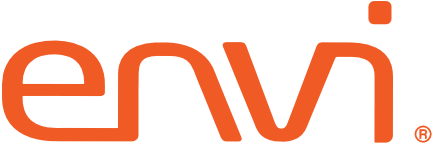Inventory Area Organization Best Practices
“With Envi, we’re able to scan 18-19 units per day, sometimes twice a day and replenish units and track inventory. We couldn’t do that manually.”
Peter Smith, Madonna Rehabilitation Hospital
Make inventory tracking and replenishment easier and more accurate
Gain more control over supply management
Save clinical staff time with better organization, less time spent trying to locate supplies, fewer stock-outs
Step 1: Define your current approach to supply management
???? Consider the type of patient care being delivered and how clinicians currently access products


Step 2: Create a requirements map that identifies supply storage areas
???? Do a walk through and map out everywhere supplies are stored, noting who uses them and how
– Review how clinicians are currently accessing supplies
– What level of access is expected and what’s most efficient?
???? Based on this workflow, care, treatment and products, determine where supplies should be stored and what needs to be in each area
???? Consider various inventory management methods and which might deliver the greatest benefits
– Par level management
– 2-Bin
– Requisitioning through central supply or warehouse
– Direct delivery from supplier
Step 3: Consolidate locations wherever possible
???? Dispersed inventory locations lead to overstocking, overspending, expiration of products
– Check the nurses cabinets, desks and hiding places throughout your facility
– Supplies that get tucked away often aren’t used and become waste
???? Move inventory into well-organized, managed locations where tracking – and accurate ordering – is possible
???? Avoid supply creep! Items have a way of moving from authorized inventory locations back into hiding places without ongoing oversight and management


Step 4: Create price awareness to help identify high value items and reduce overuse / waste
???? Price labels on shelves works well for some organizations; others put color stickers on the shelves or bins for items over a certain price level
Step 5: Use barcode labels to make it easier to track and manage inventory
???? Barcode labels with scanners or a smart phone app are the easiest way to keep track of inventory and replenish supplies when needed
– Barcode scanning makes reordering fast and accurate
Step 6: Restricting access to supplies will reduce costs
???? If your organization’s inventory areas have been freely accessed, it is hard to change
???? Without some controls in place, supplies will go missing, get relocated or borrowed by other areas or departments, and inventory levels will be off, causing you to spend more dollars on additional items
???? Limiting access doesn’t have to be slow for clinicians – it just provides a step toward a more secure and safer supply area

